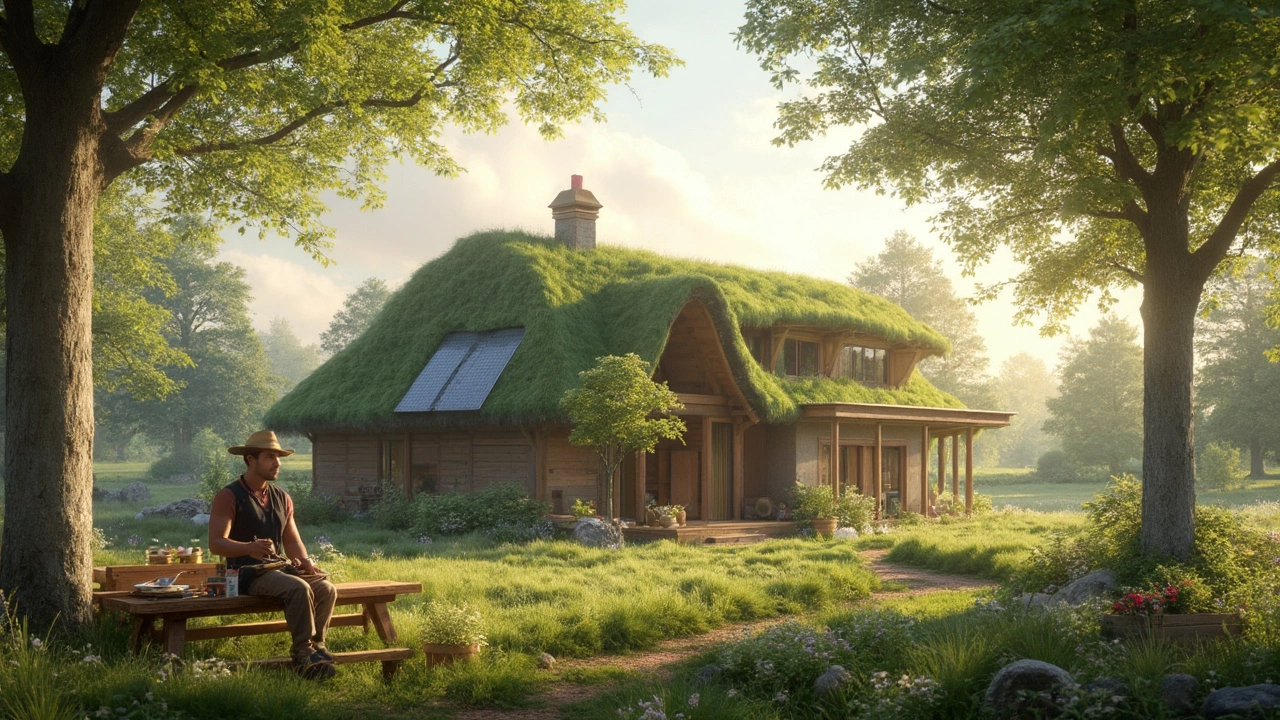
Cheap Building: How to Save Money on Your Next Home Project
Thinking about building a house but scared of the price tag? You’re not alone. Hundreds of people want a place to call their own without spending a fortune. The good news is that building cheap doesn’t mean cutting corners on safety or comfort. It just takes a few smart choices and a bit of planning. Below you’ll find clear steps you can start using today.
First, set a realistic budget. Look at the total cost, not just the land price. Add estimates for materials, labor, permits, and a small buffer for surprises. When you know the exact number you’re aiming for, you can match every decision to that goal. Keep the budget visible on a spreadsheet or a phone app so you can spot overspends early.
Smart Materials for Low‑Cost Builds
Materials are the biggest expense in any build. Choosing the right ones can shave thousands off the final bill. Reclaimed wood, recycled steel, and prefabricated panels are cheap, sturdy, and often quicker to install. Look for local suppliers that discount surplus stock – they’re eager to move inventory and you get a price break. In many areas, insulated concrete forms (ICFs) are cheaper than traditional brick because they combine structure and insulation in one piece.
Another tip is to avoid exotic finishes. A simple plaster wall or a painted concrete floor looks modern and lasts longer than costly tiles. If you love the look of stone, consider a veneer or a thin brick slip instead of full‑depth stone. These alternatives give the same vibe with far less weight and lower material costs.
Design Choices That Cut Costs
Every extra corner, window, or story adds money. A rectangular or square floor plan reduces waste and speeds up construction. Keep roof lines simple – a gable roof is cheaper than a complex hip roof. When you limit the number of exterior doors, you also cut on framing and hardware.
Think about the size of rooms, too. A slightly smaller kitchen or bathroom can save on cabinets, fixtures, and tile. Open‑plan living spaces let you use one large area instead of several smaller rooms, which means fewer walls and less insulation needed.
Finally, plan for future upgrades. Install basic plumbing and electrical runs now, but hold off on high‑end appliances or fancy lighting until you have cash on hand. This way your home stays functional from day one, and you can add the extras later without a major remodel.
Putting these ideas together will keep your building project lean without sacrificing quality. Start by writing down your budget, hunt for recycled materials, stick to a simple shape, and leave room for upgrades later. Cheap building is all about being clever, not cheap‑shaming. Ready to start? Grab a notebook, map out your plan, and watch the savings add up.
